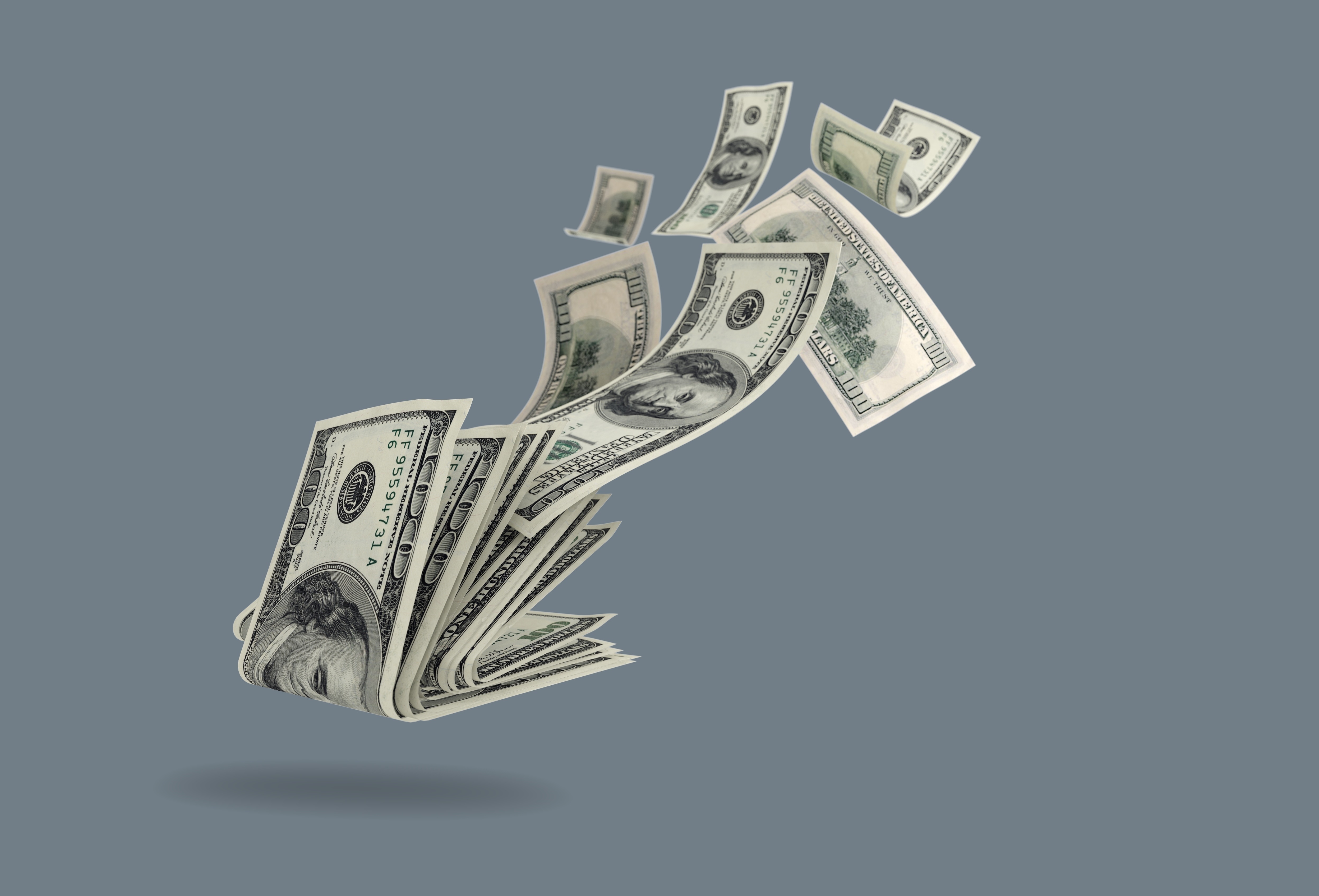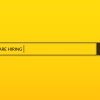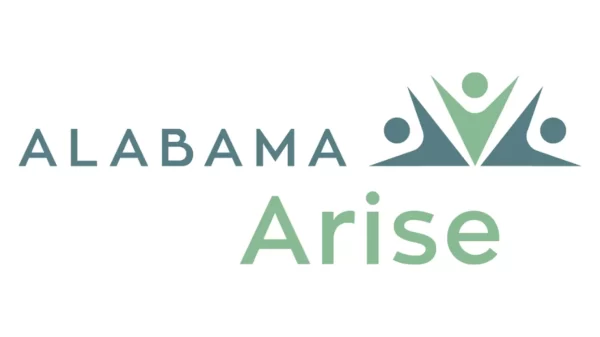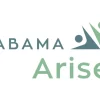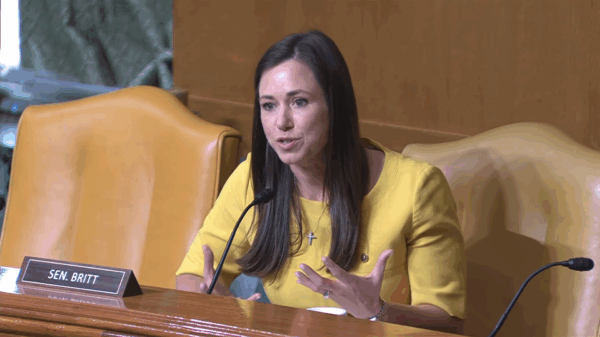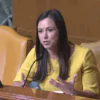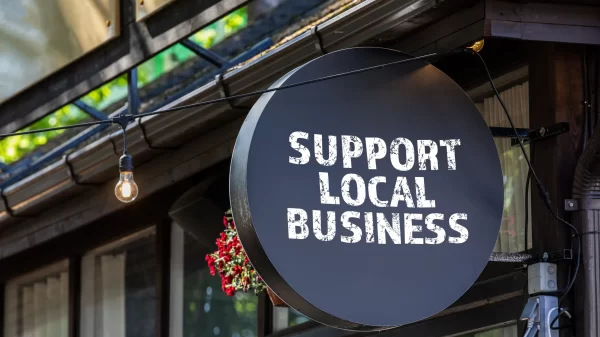The NFIB Small Business Optimism Index fell by half of a point in September to 90.8. September’s reading marks the 21st consecutive month below the 49-year average of 98. Twenty-three percent of owners listed inflation as the single greatest problem in operating their business, tied with labor quality.
“Owners remain pessimistic about future business conditions, which has contributed to the low optimism they have regarding the economy,” said Bill Dunkelberg, NFIB Chief Economist. “Sales growth among small businesses have slowed and the bottom line is being squeezed, leaving owners few options beyond raising selling prices for financial relief.”
State-specific results are unavailable, but NFIB State Director Rosemary Elebash said, “Inflation continues to put financial pressure on small businesses and their customers, but finding and keeping qualified workers is equally important. Alabama continues to lag behind other states in labor force participation. Speaker of the House Nathaniel Ledbetter has appointed an ad hoc legislative committee to coordinate with existing entities to address the labor shortage. NFIB will be participating with the committee to identify ways to prepare and retain qualified workers to fill high-paying jobs.”
Key findings of the national survey include:
- Small business owners expecting better business conditions over the next six months deteriorated six points from August to a net negative 43 percent seasonally adjusted, however, 18 percentage points better than last June’s reading of net negative 61 percent and definitely at recession levels.
- Forty-three percent (seasonally adjusted) of owners reported job openings that were hard to fill, up three points from August and remaining historically high as owners can’t hire enough workers due to few qualified applicants.
- Seasonally adjusted, a net 23 percent plan to raise compensation in the next three months, down three points from August.
- The net percent of owners raising average selling prices increased two points to a net 29 percent seasonally adjusted, still a very inflationary level.
- The net percent of owners who expect real sales to be higher increased one point from August to a net negative 13 percent (seasonally adjusted), still a very dismal posture.
According to NFIB’s jobs report, 43 percent (seasonally adjusted) of all small business owners reported job openings they could not fill in the current period, up three points from August. Owners’ plans to fill open positions remain elevated, with a seasonally adjusted net 18 percent planning to create new jobs in the next three months.
Fifty-seven percent of owners reported capital outlays in the last six months. Of those making expenditures, 41% reported spending on new equipment, 22 percent acquired vehicles, and 17 percent improved or expanded facilities. Twelve percent of owners spent money on new fixtures and furniture and 7 percent acquired new buildings or land for expansion. Twenty-four percent of owners plan capital outlays in the next few months.
A net negative 8 percent of all owners (seasonally adjusted) reported higher nominal sales in the past three months, up six points from August’s lowest reading since August 2020. The net percent of owners expecting higher real sales volumes improved one point to a net negative 13 percent.
The net percent of owners reporting inventory gains improved four points to a net negative 3 percent. Not seasonally adjusted, 13 percent reported increases in stocks and 15 percent reported reductions. A net negative 4 percent of owners viewed current inventory stocks as “too low” in September, so more now have surplus stocks. By industry, shortages are reported most frequently in the transportation (15 percent), construction (9 percent), retail (9 percent), and services (8 percent) sectors. A net negative 1% of owners plan inventory investment in the coming months, down one point from August. Not much inventory investment.
The net percent of owners raising average selling prices increased two points from August to a net 29 percent seasonally adjusted. Twenty-three percent of owners reported that inflation was their single most important problem in operating their business, unchanged from last month and tied with labor quality as the top problem.
Unadjusted, 13 percent of owners reported lower average selling prices and 41 percent reported higher average prices. Price hikes were the most frequent in finance due to rising interest rates (75 percent higher, 3 percent lower), construction (53 percent higher, 6 percent lower), retail (49 percent higher, 11 percent lower), services (33 percent higher, 12 percent lower), and wholesale (33 percent higher, 10 percent lower). Seasonally adjusted, a net 30 percent plan price hikes.
Seasonally adjusted, a net 36 percent reported raising compensation in September. A seasonally adjusted net 23% plan to raise compensation in the next three months, down three points from August. Nine percent of owners cited labor costs as their top business problem, up one point from August. Twenty-three percent said that labor quality was their top business problem, down one point.
The frequency of reports of positive profit trends was a net negative 24 percent, up one point from August. Among owners reporting lower profits, 29 percent blamed weaker sales, 20 percent blamed the rise in the cost of materials, 15 percent cited labor costs, 8 percent cited lower prices, 7 percent cited the usual seasonal change, and 6 percent cited higher taxes or regulatory costs. For owners reporting higher profits, 55 percent credited sales volumes, 22 percent cited usual seasonal change, and 9 percent cited higher selling prices.
Two percent of owners reported that all their borrowing needs were not satisfied. Twenty-three percent reported all credit needs met and 65 percent said they were not interested in a loan. A net 8% reported that their last loan was harder to get than in previous attempts.
Four percent of owners reported that financing was their top business problem. A net 26 percent of owners reported paying a higher rate on their most recent loan.
The NFIB Research Center has collected Small Business Economic Trends data with quarterly surveys since the fourth quarter of 1973 and monthly surveys since 1986. Survey respondents are randomly drawn from NFIB’s membership. The report is released on the second Tuesday of each month. This survey was conducted in September 2023.





































